Mary Rose Villarante got her start with egg rolls, ngo yong, the quintessential street food of her native Cebu province in the Philippines. Villarante amassed quite a following, selling the specialty while working full-time as a flight attendant. Soon, the orders overwhelmed her moonlighting capacity, pushing her to open a restaurant not only serving ngo yong but a swath of Filipino cuisine—the aptly named Cafe de Cebu.
It’s appropriate then to begin a meal with the pork, jicama and hearts of palm stuffed ngo yong ($4) that gave Cebu its start. These are more deep-fried than your typical Chinese variant, so the heavier version may not be your style. I find them just hearty enough, although the crispy kangkong ($4) is even better. That dish, consisting of individually fried pieces of water spinach served with a side of garlic mayo, is highly reminiscent of the World Famous Spinach Salad at Nittaya’s Secret Kitchen and equally as addictive, albeit a little heavier than its Thai brethren from Summerlin.
The kangkong is also served adobong ($3), or stir-fried. While healthier, this version certainly isn’t lacking in flavor. Even better are the bagyo beans ($3)—green beans if you’re not Pinoy—go ahead and splurge with the addition of pork. Upon first tasting, the dish was a revelation; the beans awash with ground seasoned pork. Unfortunately, somewhere between my visits the preparation transitioned to pork chunks with noticeably less flavor. Here’s hoping for the power of the press!
While Villarante’s ngo yong got her started, her lechon belly de Cebu ($8 for a half-pound/$15 for a whole) is the undisputed star of the menu. Cebu only prepares about 40 pounds a day, so when the crunchy, meaty treat is gone, it’s gone. Chopped into bite-size pieces, you should dip it into either the Filipino favorite All Purpose Sauce or, better yet, the vinegary Suka Pinakurat made from fermented coconut sap. Yeah, I don’t have a clue what the hell that is either, but it cuts the lechon’s richness exquisitely.
If you’re not down with the pig, there’s another treat on the menu you certainly won’t be accustomed to—Chicken Skin BBQ ($6). Less crunchy than its fried Southern cousin, this Asian specialty is immaculate. The BBQ is slightly sweet, but the charred chicken skin skewers are endowed with a strong smokiness and a hint of crunch. Cebu only has a limited supply of these also—it took me three visits to finally try them, but they were worth it.
Be sure to save room for dessert. The selection has rotated during my visits, but both the cassava cake and the cheese bibingka ($3 each) are worth the splurge. The cassava cake is a gelatinous, coconut-y concoction, while the bibingka was described as a sweet, cheesy cornbread. There’s certainly nothing wrong with that.
It’s interesting that, with the growing popularity of Valley Filipino restaurants, Cafe de Cebu highlights a distinct subsection of a cuisine with which most Americans are unfamiliar. With food this good, we really should change that.
Cafe de Cebu. 6680 W. Flamingo Road #12, 538-7588. Daily, 11:30 a.m.-9 p.m.
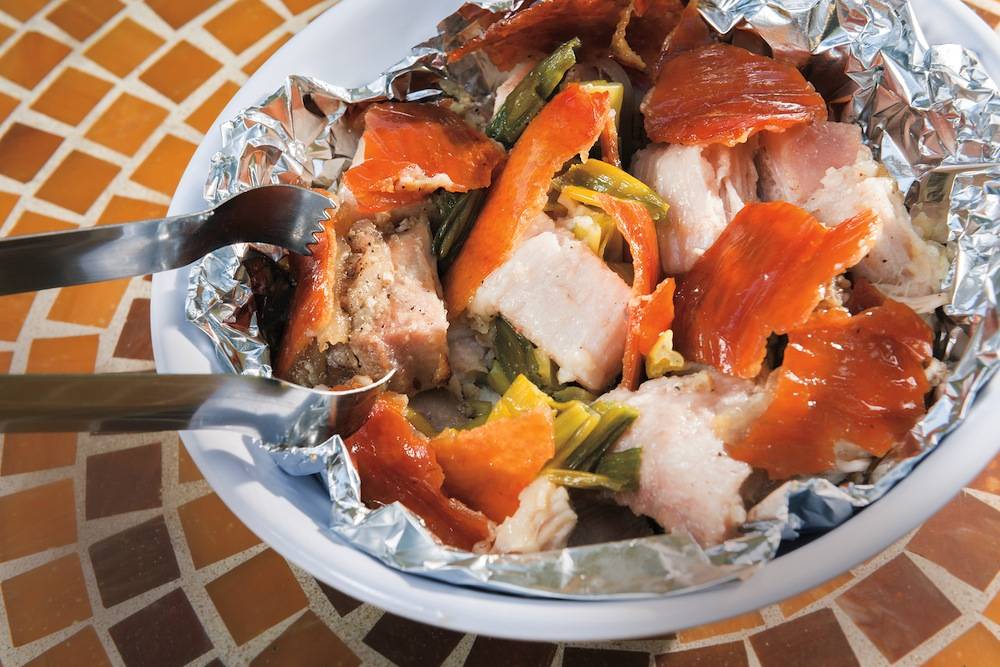
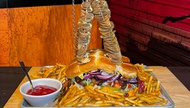



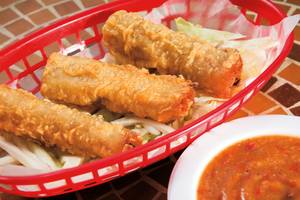

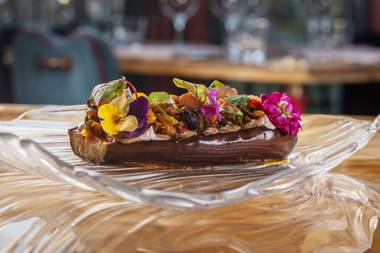
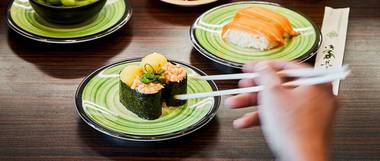
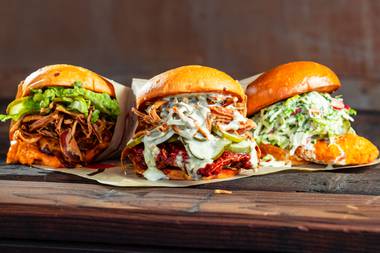
Previous Discussion: